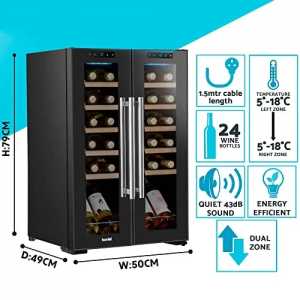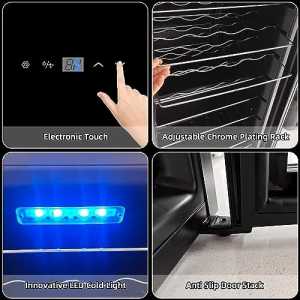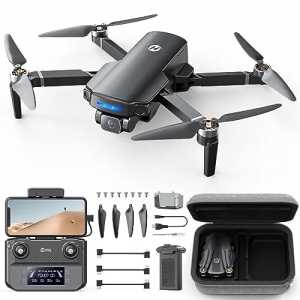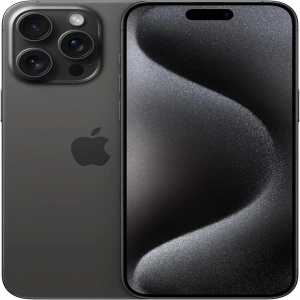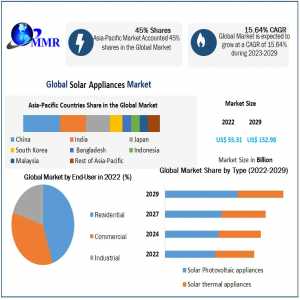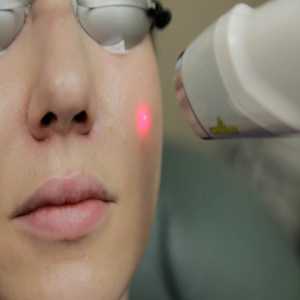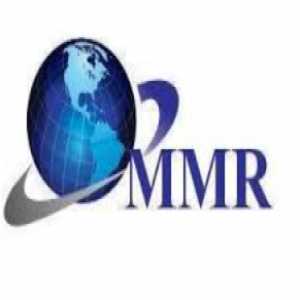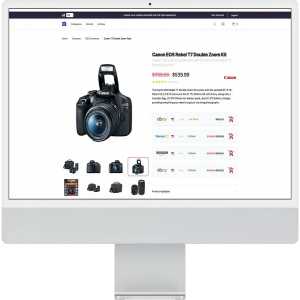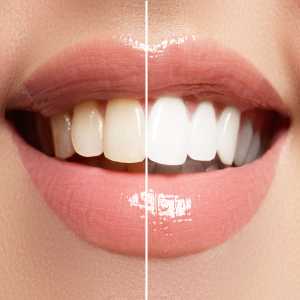
Automotive Air Purifier Market Outlook: Smart And Connected Air Filtration Systems 2030
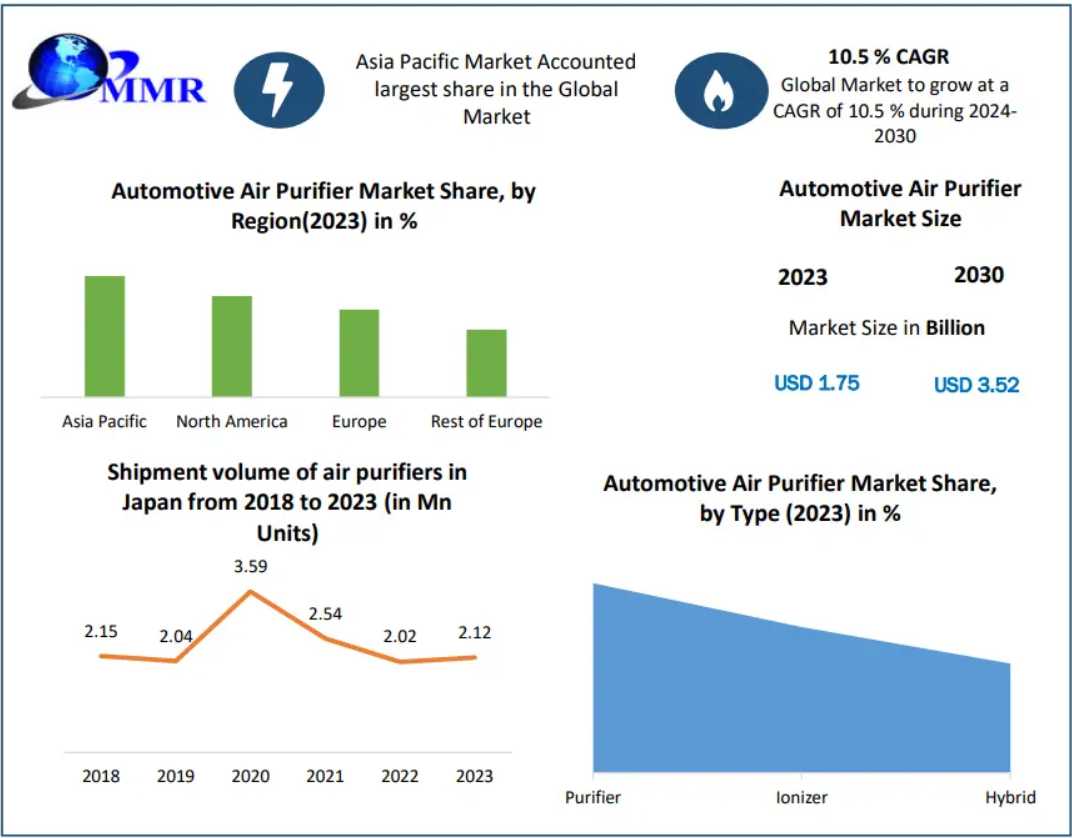
Global Automotive Air Purifier Market to Reach USD 3.52 Billion by 2030
The Global Automotive Air Purifier Market was valued at USD 1.75 billion in 2023 and is projected to reach USD 3.52 billion by 2030, growing at a CAGR of 10.5% during the forecast period. Growing urbanization, rising health concerns, and stricter air quality regulations are pushing automakers and consumers alike to adopt in-vehicle air purification solutions.
Automotive Air Purifier Market Overview
Automotive air purifiers are compact systems designed to remove airborne pollutants, allergens, smoke, and odors inside vehicles, ensuring a healthier cabin environment. These devices often utilize HEPA filters, activated carbon filters, UV-C sterilization, and ionizers to neutralize harmful particles. Increasing consumer demand for comfort and wellness features in cars is driving market growth, particularly in regions struggling with high urban pollution levels such as Asia Pacific.
For example, a World Health Organization (WHO) report on air pollution highlights that 99% of the global population lives in areas where air quality exceeds safe limits. This concern has extended into the automotive sector, where consumers are seeking technologies to mitigate in-cabin pollution exposure.
To know about the Research Methodology :- Request Free Sample Report
Market Drivers
Rising Health Awareness and Pollution Levels
The adverse health effects of air pollution, such as respiratory illnesses and allergies, are a primary driver for the adoption of automotive air purifiers. Urban commuters, particularly in megacities like Beijing, Delhi, and Mexico City, are increasingly aware of the benefits of purified cabin air.
Technological Advancements
Manufacturers are innovating with smart connected air purifiers that integrate with vehicle dashboards or mobile apps. Features such as real-time air quality monitoring, automatic filter replacement alerts, and smartphone controls are making these products more attractive to tech-savvy buyers.
Regulatory Push
Governments are tightening vehicle interior air quality standards. Automakers are responding by embedding OEM-installed air purification systems in premium and mid-range vehicles to ensure compliance and enhance customer safety.
Challenges
- High Pricing & Maintenance Costs: Premium air purifiers with HEPA or hybrid filters come at a high cost, and frequent filter replacement deters some consumers.
- Limited Awareness in Developing Markets: Many car buyers remain unaware of the health benefits of air purifiers, slowing adoption.
- Performance in Larger Vehicles: While highly effective in passenger cars, achieving uniform air quality in buses, SUVs, and trucks remains a technical hurdle.
Market Segmentation
- By Offering: HEPA filters dominate the market in 2023, favored for their 99.97% efficiency in capturing fine particles as small as 0.3 microns.
- By Vehicle Type: Passenger vehicles remain the largest segment, as daily commuters demand healthier in-car environments.
- By Sales Channel: OEM-installed systems are growing rapidly, though aftermarket portable purifiers still account for a significant share.
Regional Insights
- Asia Pacific: The largest market in 2023, led by China, India, and Japan, due to dense urbanization and rising disposable incomes. Consumers are increasingly prioritizing health and wellness accessories.
- Europe: Growing adoption in Germany, France, and the UK, supported by stringent EU emission and air quality standards.
- North America: Steady growth as awareness of allergens, wildfire smoke, and air pollutants drives demand among U.S. and Canadian consumers.
According to Statista’s vehicle air purifier data, sales of smart automotive purifiers are projected to grow significantly in both OEM and aftermarket channels by 2030, particularly in Asia-Pacific urban markets.
To know about the Research Methodology :- Request Free Sample Report
Key Players
North America:
1. Honeywell International Inc. (Charlotte, North Carolina, USA)
2. Blueair AB (Chicago, Illinois, USA)
3. Sharp Corporation (Osaka, Japan)
Europe:
4. Philips N.V. (Amsterdam, Netherlands)
5. Mann+Hummel Group (Ludwigsburg, Germany)
6. Blaupunkt (Hildesheim, Germany)
Asia Pacific:
7. Panasonic Corporation (Osaka, Japan)
8. Xiaomi Corporation (Beijing, China)
9. Samsung Electronics Co., Ltd. (Suwon, South Korea)
10. Daikin Industries, Ltd. (Osaka, Japan)
11. Kent RO Systems Ltd. (Noida, India)
12. Toyota Boshoku Corporation (Kariya, Japan)
13. LG Electronics Inc. (Seoul, South Korea)
Latin America:
14. Electrolux AB (Stockholm, Sweden)
Middle East and Africa:
15. Sharp Middle East FZE (Dubai, United Arab Emirates)
Global/International:
16. Dyson Ltd. (Malmesbury, United Kingdom)
17. Blue Pure AB (Stockholm, Sweden)
18. 3M Company (St. Paul, Minnesota, USA)
19. Smith Corporation (Milwaukee, Wisconsin, USA)
20. Coway Co., Ltd. (Seoul, South Korea)
Conclusion
The Automotive Air Purifier Market is positioned for strong growth as consumers demand health-focused, tech-enabled vehicle solutions. With innovations in HEPA filtration, IoT connectivity, and eco-friendly materials, manufacturers are competing to meet rising expectations. The next phase of growth will depend on affordability, awareness campaigns, and seamless integration into vehicles of all classes.
Author Bio
Article Comments
No Comments!
At present there are zero comments on this article.
Why not be the first to make a comment?
Similar Articles
Search Pages
User Upgrade
account to full use of editor,
Including hyperlinks
Article Categories
There are zero sub-categories in this parent category.
There are zero sub-categories in this parent category.
